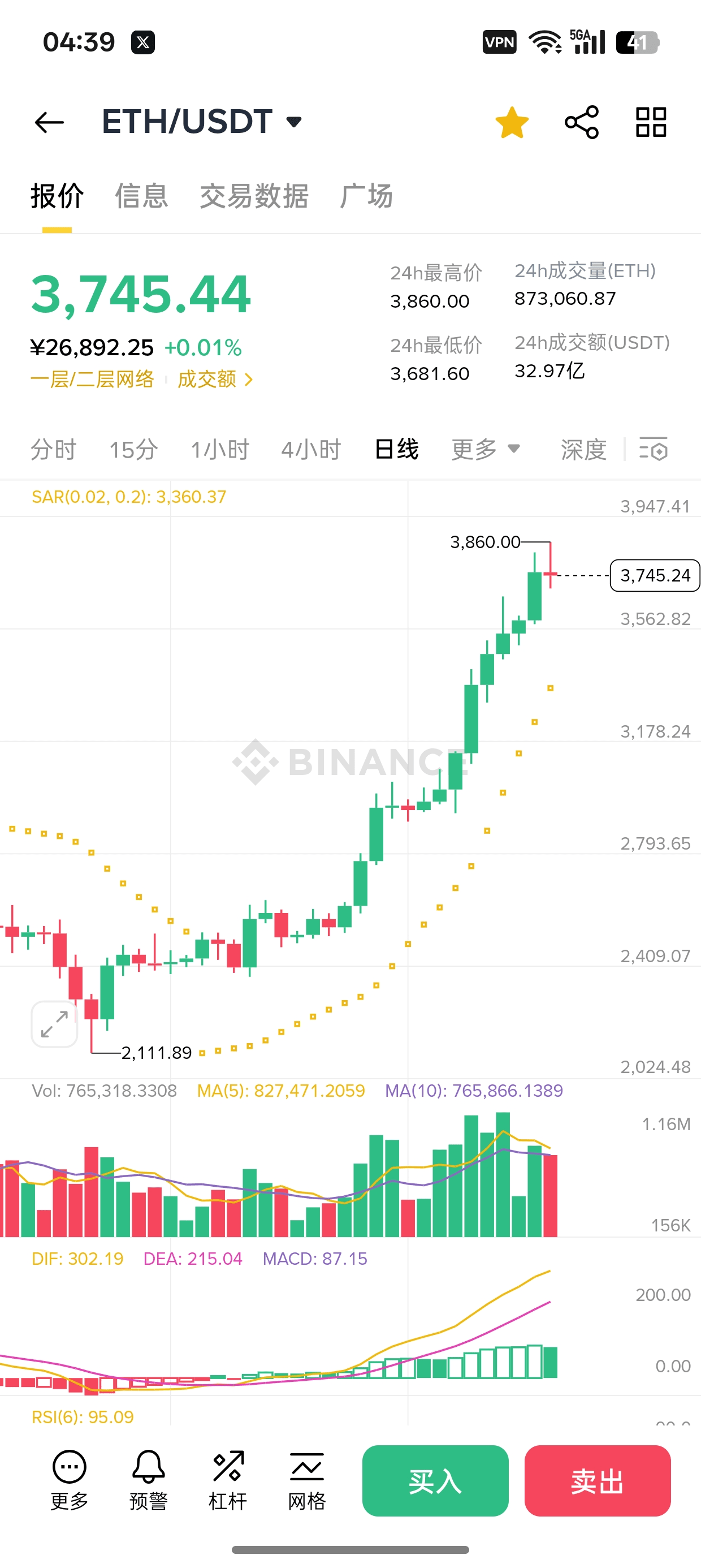As ETH surges above $3800, the underlying momentum of this market trend is not merely explainable by market sentiment fermentation or short-term ETF heat; the deeper thrust stems from a systemic transformation around 'fund structure reconstruction + ecological path evolution'. This round of rise does not rely on the influx of external new funds but rather on the operational model of on-chain funds and ecological gameplay moving towards deep innovation—through several key aspects, perhaps we can glimpse the full picture of this change.
1. Restaking: From Locked Closed Loop to Modular Security Network
EigenLayer initially entered the spotlight due to the layered yield model of 'Restaking', but its value has now far exceeded its initial positioning: with the official mainnet launch, features such as AVS (Active Validation Service), data availability layer, and security as a service are gradually being implemented. This means that ETH stakers are no longer limited to fixed yields but are truly participating in the overall network security maintenance, providing underlying security guarantees for new Rollups and new services. As a result, ETH has transformed from a static capital accumulation state to a core foundation supporting ecosystem security. The 'modular security' represented by AVS has become the new industry narrative, replacing the previous simple 'staking closed-loop' logic.
2. Pendle: Upgrading from Yield Tools to Core Pricing of ETH Funds
Once, Pendle was just a niche yield trading market, but now it has shown a whole new positioning: its locked value (TVL) has surpassed $4 billion. More importantly, the staking yield has formed a deep linkage with the prices of ETH derivatives, gradually becoming the core of liquidity and yield price discovery for ETH. This means that ETH is no longer limited to the single attribute of 'staking + yield', but has become the core collateral of a whole set of yield derivative markets, significantly broadening the dimension of capital operations.
3. New LRT Projects: Shifting from Scale Competition to In-depth Gameplay Exploration
The new LRT (Liquid Staking Tokens) project represented by ether.fi has jumped out of the homogenized competition of simply comparing TVL and shifted towards in-depth gameplay expansion: ether.fi has started from single liquid staking and extended towards CeFi, strategic investment, cross-chain liquidity, and other directions; Renzo and Kelp DAO are exploring higher leverage returns and structured products. This means that the same ETH can maximize value through various complex strategies, rather than simple yield stacking.
4. Narrative Logic: From Single Point Breakthrough to Modular Collaboration
The current ecological narrative has upgraded from the single-point focus of Restaking to a multi-line parallel pattern of modular security, AVS, and RWA (real-world assets): EigenLayer+AVS allows ETH to provide security support for more new protocols; Pendle+LRT improves capital efficiency and perfects the yield market; RWA opens the channel for traditional capital to enter the ETH ecosystem. Unlike the ICO boom of 2017 and the DeFi wave of 2020, this narrative is not an isolated point but an interlocking modular collaborative system—each part uses ETH as the core fuel while simultaneously enhancing ETH's value.
5. User Structure: From Dominated by Big Holders to Expansion of Real User Groups
Farcaster's monthly active users have surpassed 400,000, and Friend.tech once locked over $400 million, confirming the feasibility of the social asset model; the LRT project has nearly 60,000 users who are not empty addresses, but rather actively participating users in staking. This means that the capital and users in the ecosystem are becoming more diverse and dimensional, no longer a digital game for a few, but an ecological expansion supported by real demand.
In this round of ETH breaking through $3800, what is more noteworthy is not the price number itself, but the qualitative change occurring in the ecosystem: EigenLayer has evolved from Restaking to a modular security network, Pendle has become the price discovery market for ETH funds, and ETH itself has transformed into a composite asset that integrates capital carrier, security support, and yield tool. Coupled with the continuous influx of real users—everything points to one conclusion: price is merely an external manifestation of ecosystem upgrades, while the systematic evolution of the ecological structure is the core driving force. $3800 may indeed just be the starting point of a new journey.
If the analysis makes sense, please like, share, and follow. Thank you, everyone!